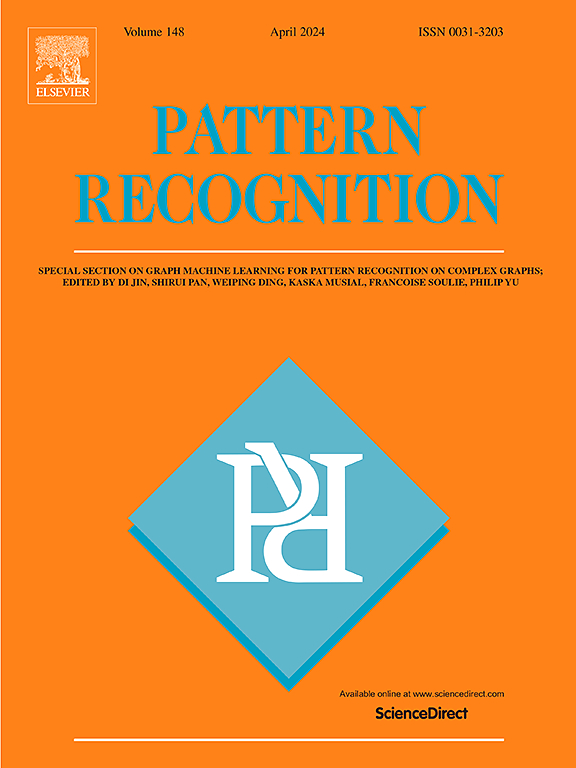Multi-branch perturbation learning with constraint simulation for semi-supervised semantic segmentation
IF 7.6
1区 计算机科学
Q1 COMPUTER SCIENCE, ARTIFICIAL INTELLIGENCE
引用次数: 0
Abstract
Current semi-supervised semantic segmentation (SSS) methods improve generalization via weak-to-strong pseudo-supervision with image perturbations. However, many methods are limited by employing a single perturbation mode and a specific weak-to-strong learning strategy, restricting exploration of the perturbation space and hindering performance in fine-grained segmentation. While diverse perturbations are intuitively beneficial, simply combining them can lead to inefficient optimization and instability. In this paper, we propose a multi-branch strong perturbation constraint learning framework for SSS. Our framework introduces a novel multi-branch perturbation learning (MSPL) strategy, employing multiple parallel branches with diverse strong augmentations to expand the perturbation space and capture complex semantic variations. We further design a novel constraint simulation loss (CSSL), based on a hierarchical consistency learning structure (weak-to-strong and strong-to-strong), which enforces strong-to-strong consistency between different perturbation branches. CSSL mitigates instability and enhances robustness to perturbation-induced noise, enabling the network to better generalize and achieve more accurate segmentation, especially for fine object boundaries. Extensive evaluations on benchmark datasets (PASCAL VOC 2012, Cityscapes, COCO) demonstrate that our method achieves state-of-the-art performance. Ablation studies further validate the effectiveness of our proposed MSPL and CSSL components.
半监督语义分割的约束仿真多分支摄动学习
目前的半监督语义分割(SSS)方法通过图像扰动的弱到强伪监督来提高泛化程度。然而,许多方法受到单一扰动模式和特定的弱到强学习策略的限制,限制了对扰动空间的探索,阻碍了细粒度分割的性能。虽然不同的扰动在直观上是有益的,但简单地将它们组合起来可能会导致低效的优化和不稳定。本文提出了一种多分支强摄动约束学习框架。我们的框架引入了一种新的多分支微扰学习(MSPL)策略,采用具有不同强增广的多个并行分支来扩展微扰空间并捕获复杂的语义变化。我们进一步设计了一种新的约束模拟损失(CSSL),基于分层一致性学习结构(弱到强和强到强),它强制不同扰动分支之间的强到强一致性。CSSL减轻了不稳定性,增强了对扰动噪声的鲁棒性,使网络能够更好地泛化并实现更准确的分割,特别是对于精细的目标边界。对基准数据集(PASCAL VOC 2012, cityscape, COCO)的广泛评估表明,我们的方法达到了最先进的性能。消融研究进一步验证了我们提出的MSPL和CSSL组件的有效性。
本文章由计算机程序翻译,如有差异,请以英文原文为准。
求助全文
约1分钟内获得全文
求助全文
来源期刊

Pattern Recognition
工程技术-工程:电子与电气
CiteScore
14.40
自引率
16.20%
发文量
683
审稿时长
5.6 months
期刊介绍:
The field of Pattern Recognition is both mature and rapidly evolving, playing a crucial role in various related fields such as computer vision, image processing, text analysis, and neural networks. It closely intersects with machine learning and is being applied in emerging areas like biometrics, bioinformatics, multimedia data analysis, and data science. The journal Pattern Recognition, established half a century ago during the early days of computer science, has since grown significantly in scope and influence.
 求助内容:
求助内容: 应助结果提醒方式:
应助结果提醒方式:


